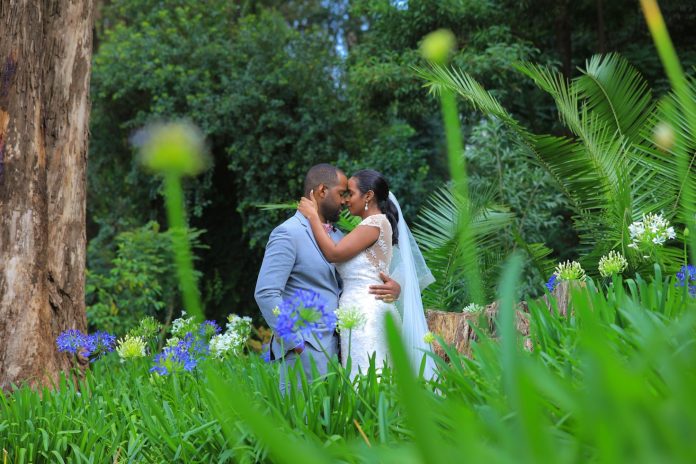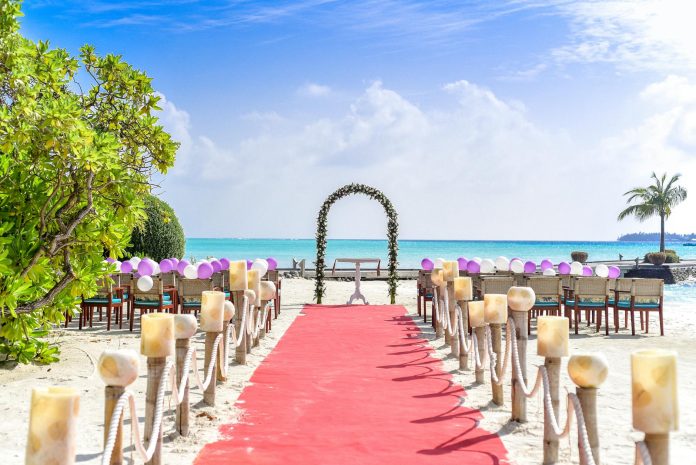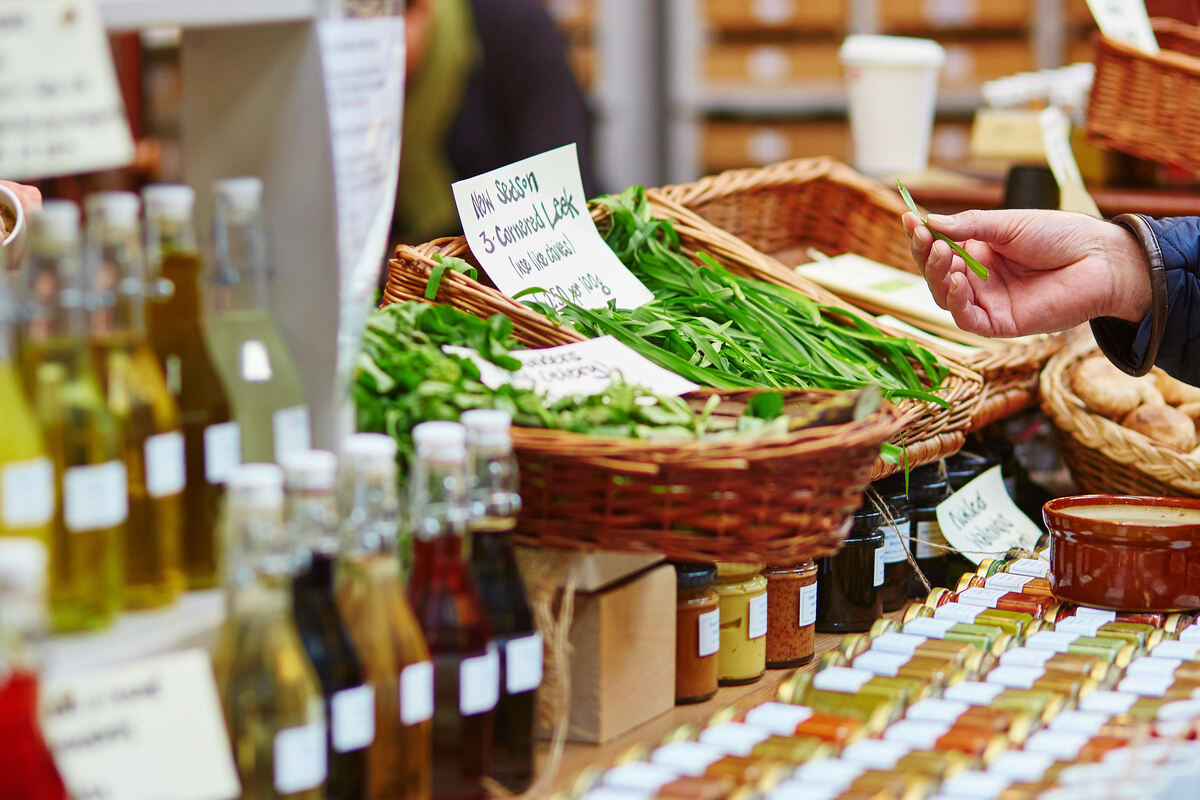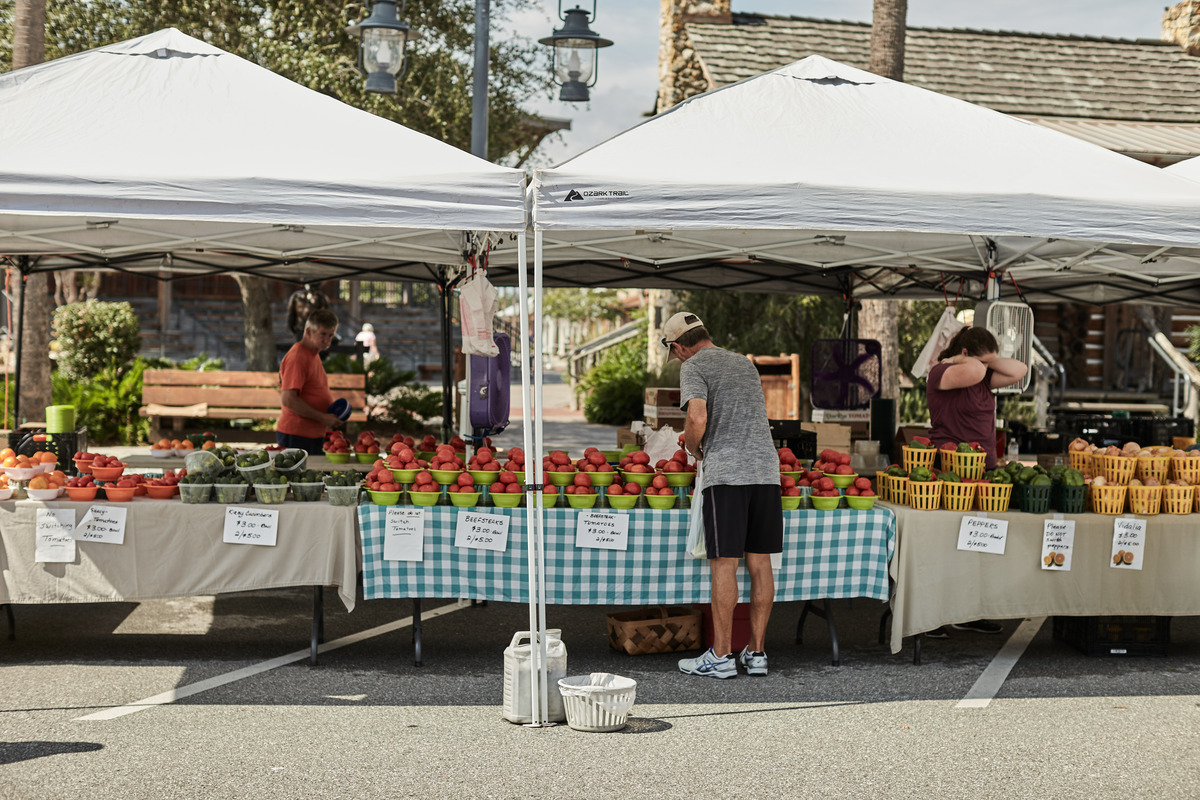There is nothing as game-changing as starting a journey of sustainability. Lone eco-warriors are joining hands in love to fulfill their dreams of living eco-consciously.
Yes, we’re referring to couples taking a stand for sustainability. Among all generations, Generation Z has emerged as the most concerned about the environment.
Naturally, this extends into their wedding and life beyond. While there are many areas where young couples are keeping sustainability at the forefront, we will discuss the distinct ‘three.’ Read on to understand how couples are embracing a green and sustainable life.
Eco-Conscious Weddings

Many young couples are realizing how the most special day of their lives can also become the most carbon-intensive. Bloomberg shares that an average US wedding’s carbon footprint can easily reach around 56 metric tons of carbon dioxide.
Let’s clarify that this is just the result of the grand wedding. It does not include the figures generated by associated events like bachelor or bachelorette parties, bridal showers, etc. It appears that revenge weddings became a post-pandemic trend for a while.
However, eco-conscious weddings, even those that combine sustainability with luxury, are making a comeback now. The Guardian dives deeper into a similar wedding hosted by Cindy Villasenor and her partner. The Mexican-American wedding had no single-use stuff, salvaged flowers as decorations, and a makeshift dressing room on a Yosemite campsite.
All the glasses and other cutleries were from a local thrift store. There were even upcycled kombucha bottles as vases and traditional Mexican blankets doubled up as table runners. What a beautiful way to honor one’s cultural heritage and the environment!
This is just one of the many ways couples are choosing the green way of celebrating their big day. Let’s look at them all –
- Working with vendors who keep sustainability at the forefront of their practices
- Choosing a sustainable venue, one that is LEED-certified or has sustainable features like a nursery
- Supporting local businesses in terms of the wedding food or drinks, decor, entertainment, and even the outfits/jewelry
- Donating any leftover food or decorations as a way of reducing waste and giving back
- Incorporating more reusable items as decorations
- Wearing something old or borrowed
Natural Family Planning

Psychology Today shares that couples trying for their first baby in their mid or late 30s have a significantly lower chance of success. Whether we like it or not, biology is difficult to beat.
However, those who get married in their mid to late 20s do have a few years before they can plan for a child. Such couples keep aside at least a year or two to strengthen their bond before jumping into the next exciting phase of life (parenthood).
Now, there are many methods available in medical science to plan one’s family. These include the oral pill, the shot, intrauterine devices, and more. However, not all methods score well on safety and sustainability.
Let’s take the example of the birth control shot, Depo Provera. TorHoerman Law shares how the shot carries the risk of developing intracranial meningioma. It is a type of primary, slow-growing brain tumor.
Many women have even filed the Depo-Provera lawsuit to claim compensation for their suffering. Now, there’s another side to this issue for eco-conscious couples. Synthetic hormones can contaminate soil and water bodies through urine and impact plants and aquatic life.
Mindful couples are doing their part by ditching the standard medical methods of family planning. They are opting for natural ways instead. These include the rhythm, the cervical mucus, and the basal body temperature (BBT) methods.
Simplified Holidays

It has been found that travel is a great way to preserve or restore a relationship’s health. It generally tends to break the monotonous routine of life, allowing two people time to strengthen their bond.
While that is good, it is sadly true that tourism involves huge volumes of carbon emissions. The emissions may be driven primarily by 20 countries worldwide, but efforts are needed on an individual level as well.
This is what has led to the rise of eco-tourism, something which couples are embracing wholeheartedly. To put things into perspective, the worldwide eco-tourism market is growing at a CAGR of 16% between 2024 and 2030.
Now, there are many ways to travel responsibly, be it a couple’s honeymoon or 100th vacation together. However, most are focusing on at least three main areas that often become the biggest emission contributors –
- Accommodation – Couples are choosing to stay at green hotels or eco-lodges.
- Travel and transportation – The above-mentioned accommodations are usually linked to a shuttle transport system. Even shared public transport wherever possible is an eco-conscious choice. While on the road, electric vehicles are becoming a popular option. As for airlines, many are comparing carbon footprint on platforms like Google Travel.
- Daily diet – The focus in this area is either on eating only plant-based or opting for locally raised meats.
Tackling climate change issues is everyone’s responsibility and two are better than one, right? Such distinct changes can play a major role in building a green and sustainable future.











